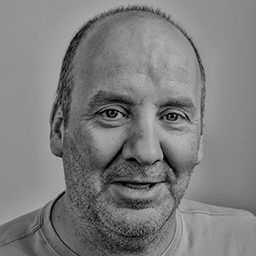
By MATTHEW HOLT
Last week Jeff Goldsmith wrote a great article in part explaining why health care costs in the US went up so much between 1965 and 2010. He also pointed out that health care has been the same portion of GDP for more than a decade (although we haven’t had a major recession in that time other than the Covid 2020 blip when it went up to 19%). However, it’s worth remembering that we are spending 17.3% of GDP while the other main OECD countries are spending 11-12%. Now it’s true that the US has lots of social problems that show up in heath spending and also that those other countries probably spend more on social services, but it’s also clear that we don’t actually deliver a lot more in services. In fact probably the most famous health economics paper of the last 50 years was Anderson & Rienhardt’s “It’s the Prices, Stupid”, which shows we just pay more for the same things. Anyone who’s looked at the price of Ozempic in the US versus in Denmark knows that’s true.
But suspend disbelief and say we actually wanted to do something about health care costs, what would we do?
There are 4 ways to cut health care costs
- Cut prices
- Cut overall use of services
- Reduce only unnecessary services
- Replace higher priced services with lower priced ones
Number 3 or reducing only unnecessary services is the health policy wonks dream.
Continue reading…













